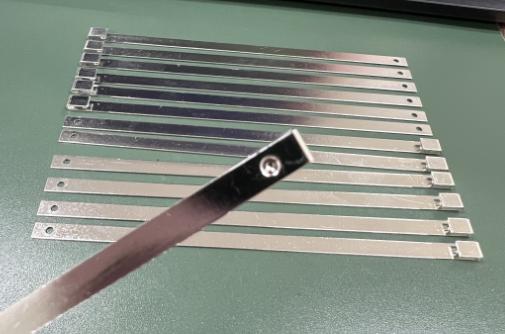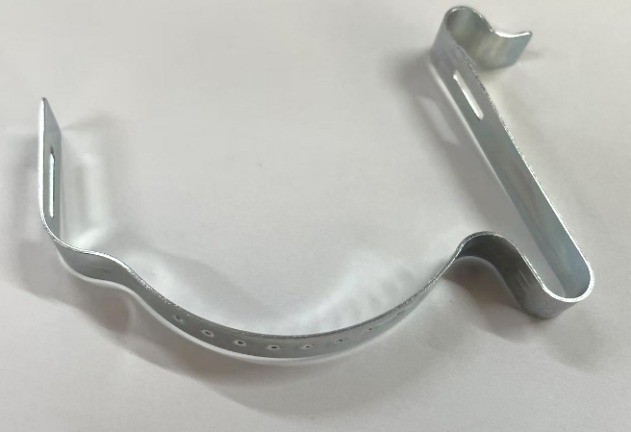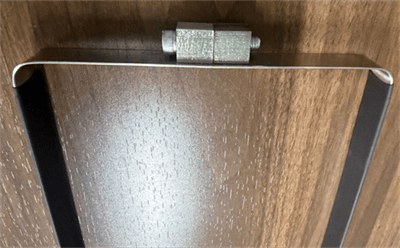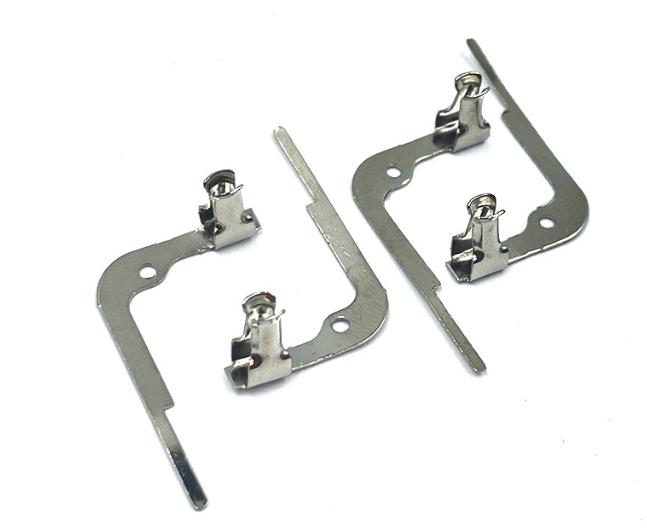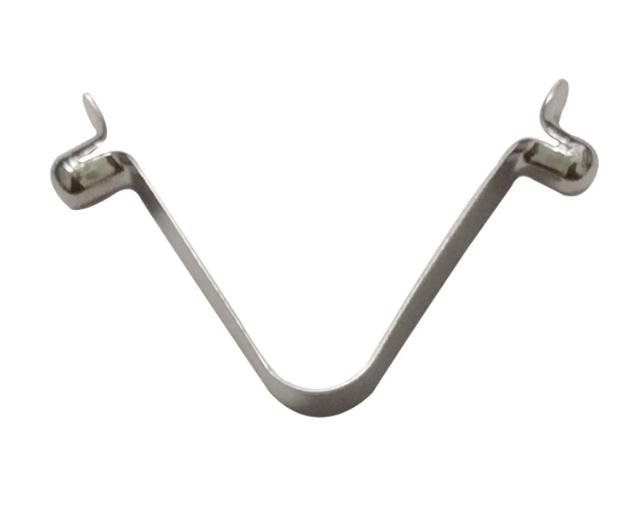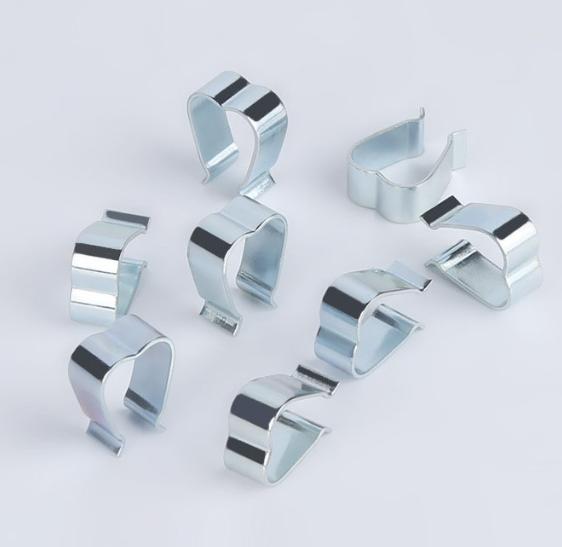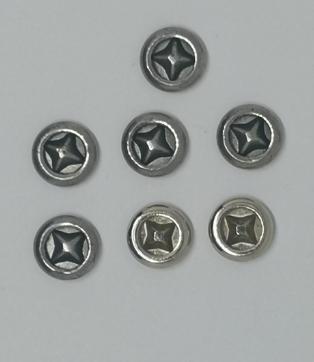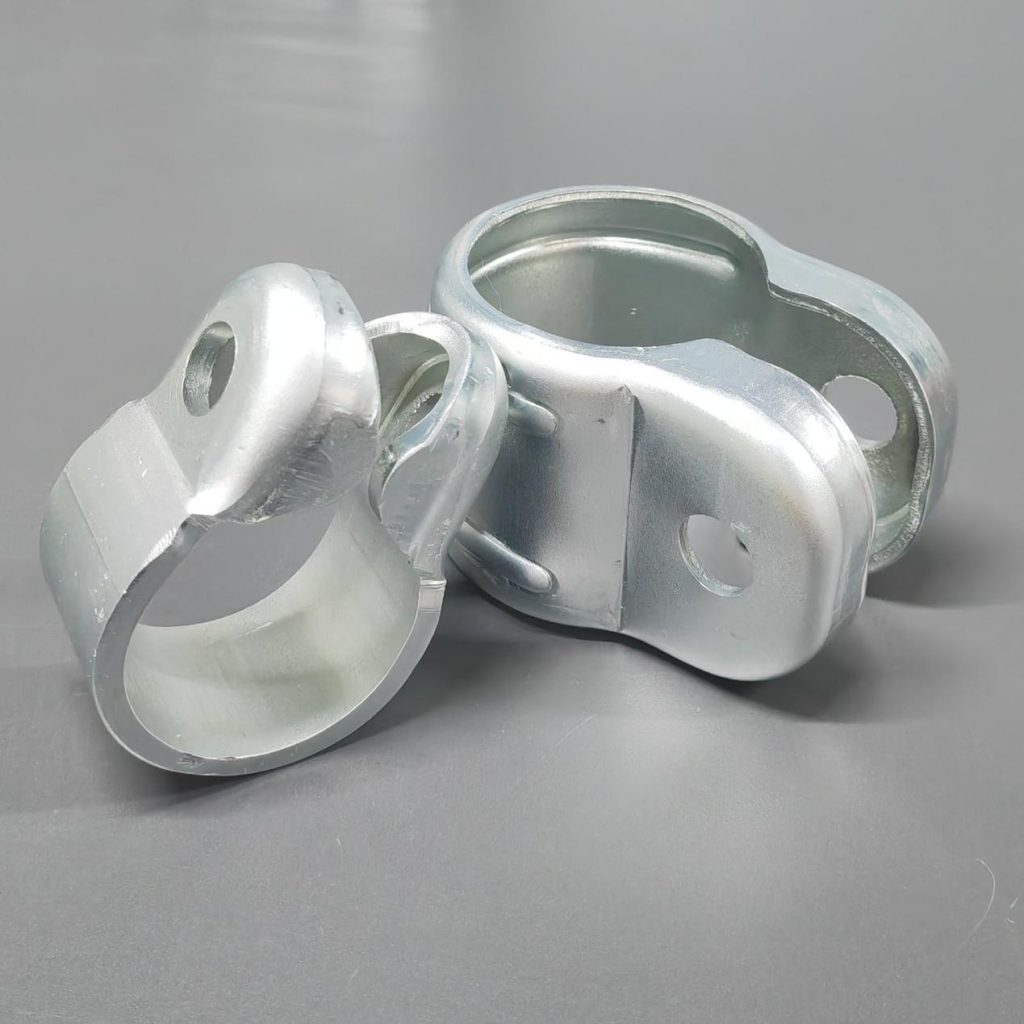Exploring Customization Trends in Metal Stamping: Innovative Techniques Transforming the Manufacturing Landscape
Metal stamping, a versatile manufacturing process, has undergone a remarkable transformation with the advent of customization trends. The metal stamping industry has responded to the challenge as industries call for increasingly complicated geometries, individualized solutions, and elaborate designs. This article explores evolving landscape of customization trends in metal stamping and highlights the the innovative techniques and advancements that will shape the manufacturing’s future.

The Rise of Customization Trends in Metal Stamping
1. Diverse Industry Applications
Many industries, including the automotive, aerospace, electronics, and consumer products sectors, depend heavily on metal stamping. In these industries, there is a growing demand for specialized custom metal stamping components to fulfill certain functional, aesthetic, and performance specifications.
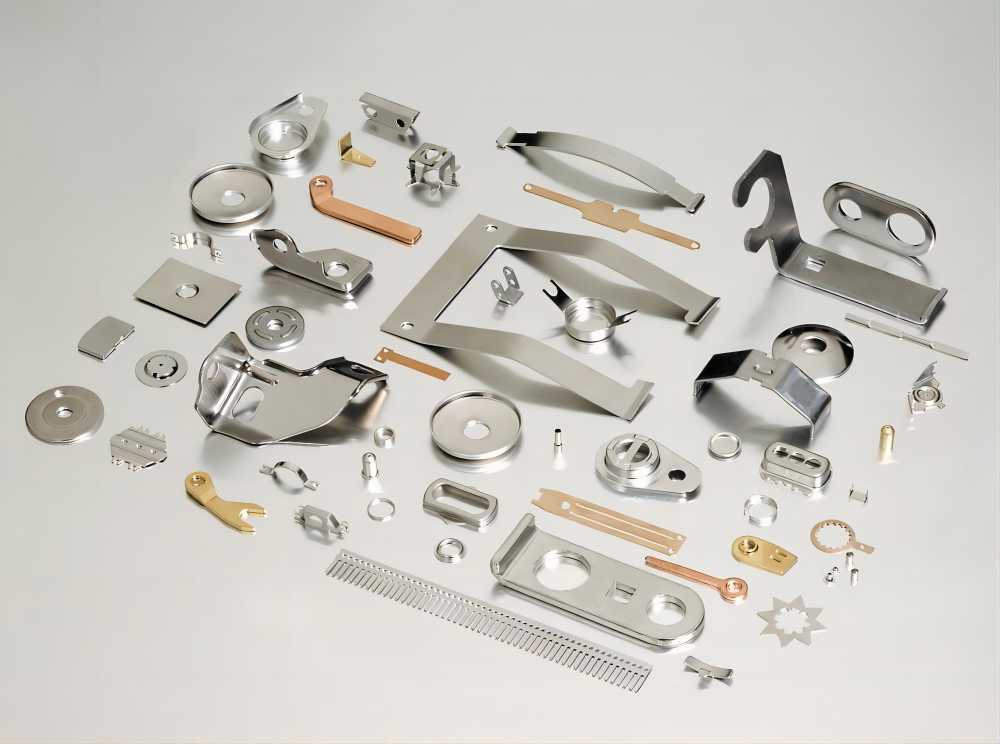
2. Design Flexibility
Customization in metal stamping enables more design freedom. Components with complex shapes, different thicknesses, and distinctive characteristics can be produced by manufacturers to meet the particular requirements of each application.
Technological Advancements for Customization in Metal Stamping
Technological advancements have brought about a revolution in the metal stamping industry and have shaped the customizable landscape. Technology is now the main factor influencing how metal stamping has evolved, from complex designs to improved materials and effective production techniques.
1. 3D Metal Printing Integration
Layered Precision: Customization options for metal stamping have been reimagined with the introduction of additive manufacturing, or 3D metal printing. This technique makes it possible to build extremely intricate, sophisticated designs layer by layer, giving manufacturers the ability to construct components with a level of complexity and precision never seen before.
Design Freedom: With 3D metal printing, you may create parts with intricate geometric shapes and have more creative freedom than with traditional stamping processes. This innovative technology meets the needs of sectors that require highly specialized, tailored components.
2. Advanced Simulation Software
Virtual Prototyping: Advanced simulation software has become an indispensable tool in the metal stamping customization process. It allows manufacturers to virtually prototype and simulate the entire stamping process, offering insights into potential challenges and opportunities for optimization.
Predictive Analysis: Simulation software enables predictive analysis of how different materials, tooling configurations, and process parameters will affect the final product. This helps in optimizing designs, reducing lead times, and minimizing the risk of errors during actual production.
3. High-Speed Stamping Machines
Precision at High Velocity: Technological advancements in high-speed stamping machines have significantly increased production efficiency. These machines can rapidly produce stamped components without compromising precision, contributing to shorter lead times and increased throughput.
Multi-Station Tooling: High-speed stamping machines often feature multi-station tooling systems that can perform multiple operations in a single pass. This reduces the number of required tool changes and enhances overall productivity.
4. Automated Guided Vehicles (AGVs) and Robotics
Efficient Material Handling: In metal stamping plants, material handling and part transfer have been expedited through the integration of robotic systems and Automated Guided Vehicles (AGVs). This automation stamping production increases overall efficiency, lowers the danger of injuries, and minimizes manual labor.
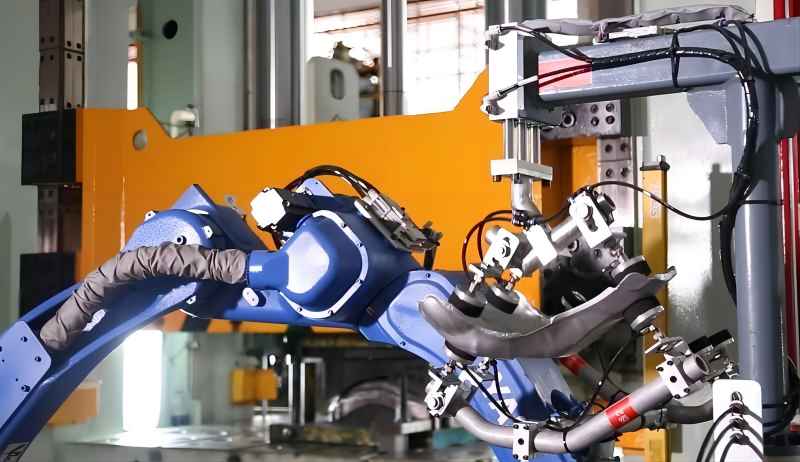
Robotic Press Tending: Applications for press tending are increasingly using robotics. These robots help to create a more smooth and effective production process by operating stamping machines, loading and unloading materials, and doing quality checks.
5. Smart Manufacturing and Industry 4.0
Connected Systems: By using Industry 4.0 technology and smart manufacturing concepts, metal stamping plants have become interconnected ecosystems. Predictive maintenance, improved process control, and general operational efficiency are all benefited by real-time data collecting and processing.
IoT Integration: Devices connected to the Internet of Things (IoT) are used to track production data, keep an eye on equipment health, and optimize energy use. This data-driven approach allows for proactive decision-making and continuous improvement in metal stamping operations.
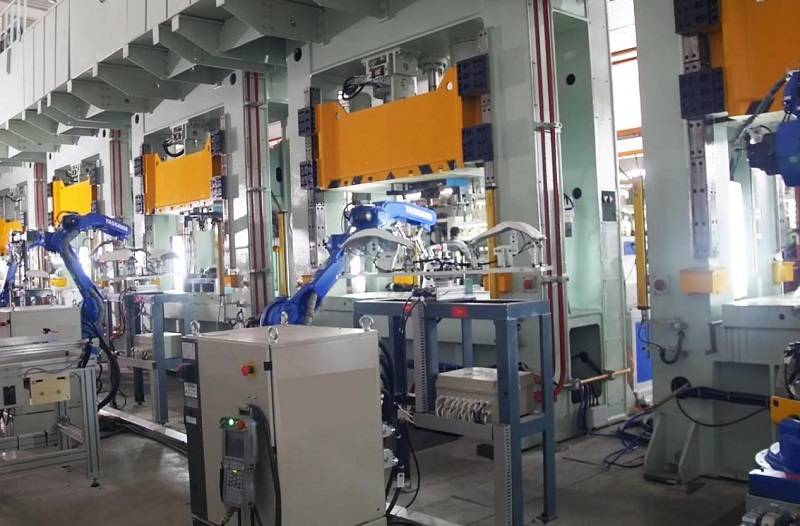
6. Precision Tooling Technologies
Advanced Die Materials: Technological advancements in die materials, including high-speed tool steels and cemented carbides, contribute to improved tool life and durability. These materials withstand the rigors of high-volume stamping, ensuring consistent quality over extended production runs.
Laser Cutting and Marking: Laser technology is increasingly integrated into metal stamping processes for precise cutting and marking of components. This allows for intricate designs, fine details, and the ability to incorporate identification marks directly onto stamped parts.
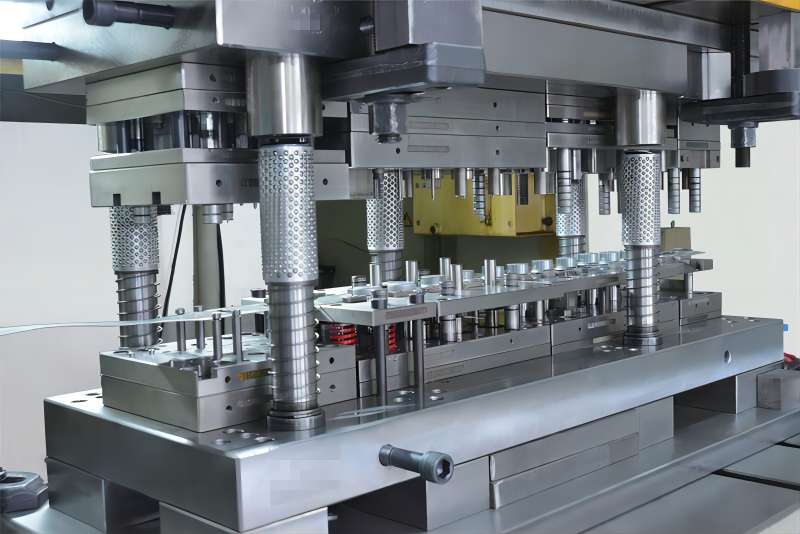
7. Real-time Quality Monitoring
Vision Systems: Every stamped component is guaranteed to fulfill strict quality standards through real-time quality monitoring with advanced vision systems. These systems have the ability to measure important parameters, identify flaws, and give immediate feedback for process modifications.
Quality Assurance Integration: Quality assurance is seamlessly integrated into the stamping process, reducing the likelihood of defects and ensuring that only parts meeting specified tolerances are passed through for further processing.
Materials and Coating Options of Metal Stamping Customization
1. Exotic Materials
The utilization of exotic materials like titanium, high-strength metals, and sophisticated composite materials is one trend in customization. These materials are perfect for specific applications because they offer enhanced performance qualities.
2. Surface Finishes and Coatings
Customized surface finishes and coatings enhance the aesthetic appeal and functionality of stamped metal parts. From corrosion-resistant coatings to specialized textures, the range of customization options allows for tailoring components to specific industry requirements.
Rapid Prototyping in Metal Stamping Customization
1. Quick Turnaround
Rapid prototyping capabilities are now essential to metal stamping customization. Prototypes can be produced swiftly by manufacturers, enabling customers to assess designs, make changes, and shorten the time it takes to develop a product.
2. Iterative Design Process
The ability to iterate designs rapidly enables a collaborative approach between manufacturers and clients. This iterative process ensures that the final product meets or exceeds expectations in terms of functionality and performance.
Sustainability and Cost-Efficiency for Customization Trends in Metal Stamping
1. Material Optimization
Customization trends in metal stamping include a focus on material optimization. This involves minimizing waste by precisely shaping components, thereby reducing the overall environmental impact and material costs.
2. Lean Manufacturing Practices
Customization is more than just adhering to design specifications; it also entails implementing lean production techniques. Effective manufacturing techniques support cost-effectiveness while upholding high standards of quality.

Specific Applied Industries of Metal Stamping Customiz ation
1. Automotive Customization
Customization of metal stamping in the automotive industry includes lightweight parts, structural elements, and complex car body designs. Personalized stampings enhance a vehicle’s overall performance and fuel efficiency.
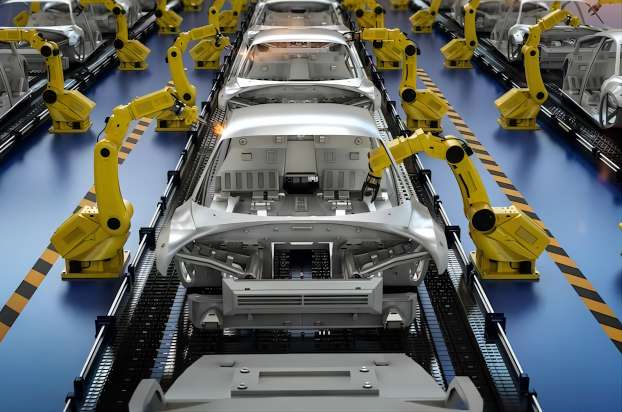
2. Electronics and Technology
Customization trends in electronics focus on miniaturization and intricate designs. Precision metal stamping plays a crucial role in producing small, complex components for electronic devices, ensuring optimal performance and space utilization.
Conclusion
Trends in metal stamping customization are reshaping the manufacturing landscape as industries evolve. By combining cutting-edge technologies, innovative materials, and adaptable design, producers can now achieve unprecedented results with metal stamping. In addition to meeting unique needs, the capacity to provide customized solutions to a variety of industries ushers in a new era of innovation and quality for the metal stamping industry. Metal stamping is positioned to be crucial to the continuing industrial revolution, with personalization serving as its primary motivator.

